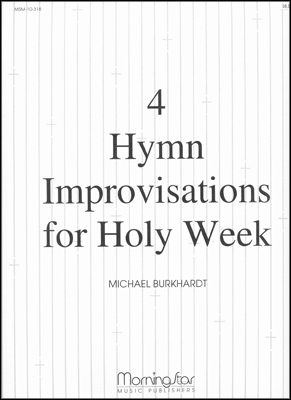- |
User Links
What Shall I Render to the LORD
Hymn Information
- First Line
- What shall I render to the LORD
- Text Source
- <cite>Psalter</cite>, 1912
- Tune Name
- ROCKINGHAM
- Adapter
- Edward Miller, 1731-1807 (1790)
- Tune Source
- <cite>Second Supplement to Psalmody in Miniature</cite>, ca. 1780
- Topic
- Discipleship · Elements of Worship: Offering
Copyright Information
- Text Copyright
- Public Domain
- Tune Copyright
- Public Domain
- Reprint/Projection Information
- Words and Music: The Words and Music are in the Public Domain; you do not need permission to project or reprint the Words and Music.
Full Text
Scripture References
Thematically related:
- st. 1 =
- st. 2 =
- st. 3 =
- st. 4 =
Further Reflections on Scripture References
This setting of the second half of Psalm 116 is one of the most loved from the 1912 Psalter. The text focuses on the "vow of praise" section of this festive psalm of thanksgiving.
Bert Polman, Psalter Hymnal Handbook
Confessions and Statements of Faith References
Further Reflections on Confessions and Statements of Faith References
When we sing about the offering of our gifts, we quickly find several thoughts interwoven with each other. The first is the foundational thought that God’s generosity in Christ has brought us salvation and all good things in life. God has “created heaven and earth and all other creatures from nothing” (Belgic Confession, Article 12) and he continues to “provide whatever I need in body and soul” (Heidelberg Catechism, Lord’s Day 9, Question and Answer 26). But God’s greatest act of generosity is shown in the gift of his Son “by a most perfect love” (Belgic Confession, Article 20) through whom we find the forgiveness of our sins and eternal life. This generosity of God is always in the background of each song in this section.
God’s children are called to respond thankfully to God’s generosity. Our gifts, therefore, take on the nature of a testimony of thankfulness to our generous God. We aim that “with our whole lives we may show that we are thankful to God for his benefits, so that he may be praised through us” (Heidelberg Catechism, Lord’s Day 32, Question and Answer 86). Indeed, all our living, including our gifts, are intended to show “how I am to thank God for such deliverance” (Heidelberg Catechism, Lord’s Day 1, Question and Answer 2). It is natural, therefore, that our giving of offerings is accompanied with songs that express this gratitude.
What Shall I Render to the LORD
Call to Worship
Additional Prayers
What Shall I Render to the LORD
Tune Information
- Name
- ROCKINGHAM
- Key
- E♭ Major
- Meter
- 8.8.8.8


 My Starred Hymns
My Starred Hymns






